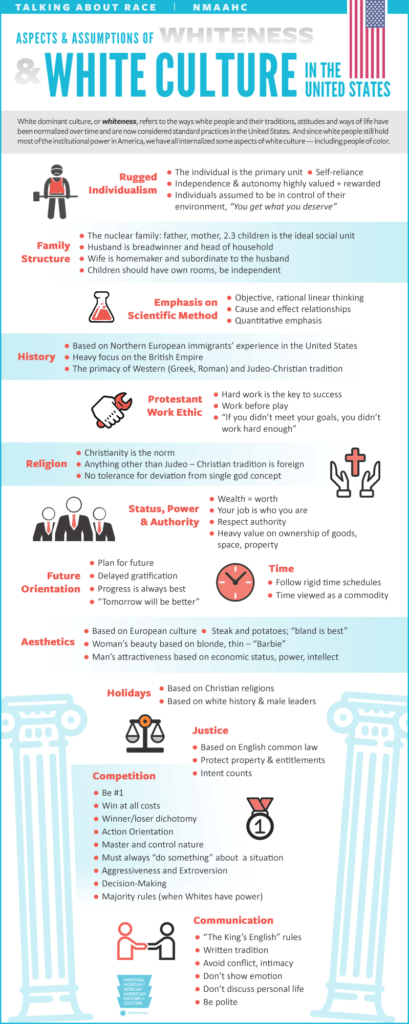How Cancel Culture Works: The Lived Experience of Biologist Colin Wright
Many on the political left are increasingly proclaiming that cancel culture is not really a thing. Their most common tactic is to show that their best efforts are not successfully destroying the careers of prominent personalities such as J.K. Rowling and Steven Pinker. They ignore that many less-prominent people are successfully being chilled and cowed. These far more numerous lesser-known scientists and intellectuals are not sufficiently established in their careers to withstand repeated false broadside accusations that their (factually true) scientific observations are allegedly bigoted. Thus, a deep intellectual chill has settled over the United States this summer.
At Quillette, biologist Colin Wright offers a detailed schematic of how cancel culture played out in his life. Like many others who have found that their jobs and reputations are under attack, Wright put the target on his own back by asserting scientifically true statements. In Wright's case, he asserted both that that there are only two sexes and that some people cannot be neatly categorized as male or female. These undeniably true statements appeared in an article titled "The Dangerous Denial of Sex," co-written by Wright and Emma N. Hilton, appearing in the Wall Street Journal on Feb 13, 2020. Here are the words of Wright and Hilton:
In humans, as in most animals or plants, an organism’s biological sex corresponds to one of two distinct types of reproductive anatomy that develop for the production of small or large sex cells—sperm and eggs, respectively—and associated biological functions in sexual reproduction. In humans, reproductive anatomy is unambiguously male or female at birth more than 99.98% of the time. The evolutionary function of these two anatomies is to aid in reproduction via the fusion of sperm and ova. No third type of sex cell exists in humans, and therefore there is no sex “spectrum” or additional sexes beyond male and female. Sex is binary.There is a difference, however, between the statements that there are only two sexes (true) and that everyone can be neatly categorized as either male or female (false). The existence of only two sexes does not mean sex is never ambiguous. But intersex individuals are extremely rare, and they are neither a third sex nor proof that sex is a “spectrum” or a “social construct.” Not everyone needs to be discretely assignable to one or the other sex in order for biological sex to be functionally binary. To assume otherwise—to confuse secondary sexual traits with biological sex itself—is a category error. Denying the reality of biological sex and supplanting it with subjective “gender identity” is not merely an eccentric academic theory. It raises serious human-rights concerns for vulnerable groups including women, homosexuals and children.
Here, from Wright's article at Quillette, is the kind of thing that happens when people speak up, compelled by a sense of integrity and a burning desire to keep members of the public from being misled or harmed:
I was contacted by a biology-department chair at a private liberal arts college in the Midwest. He commended me for my writings, and told me that he’d even used my New Evolution Deniers essay as a basis for discussion in his own classes. But while he and his fellow biology-department faculty would likely support my hiring, he said, the school’s own human-resources department would almost certainly block me as “too risky.” These experiences remind me that when Blow extols “the masses” who are canceling people like me, the people he’s praising are actually just a small coalition of professional trolls such as Bird, working in effective concert with the risk-averse, upper-middle corporate bureaucrats who now have taken over decision-making on many college and university campuses.
I too have been seeing an increasing denial of cancel culture on social media, along with a denial of science, a hostility to the use of statistics to analyze complex social phenomena and even a disparagement of the intellectual tools we have inherited from The Enlightenment. See here, here and here. This is distressing for many of us to see this bullying of individuals and institutions and the consequent chilling of the many intellectuals who remain silent because they don't have the stomachs for unfair fights like these.

